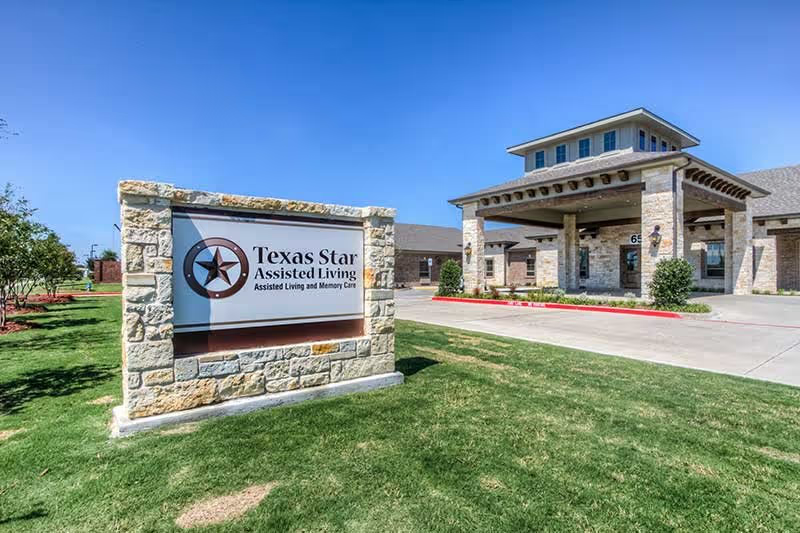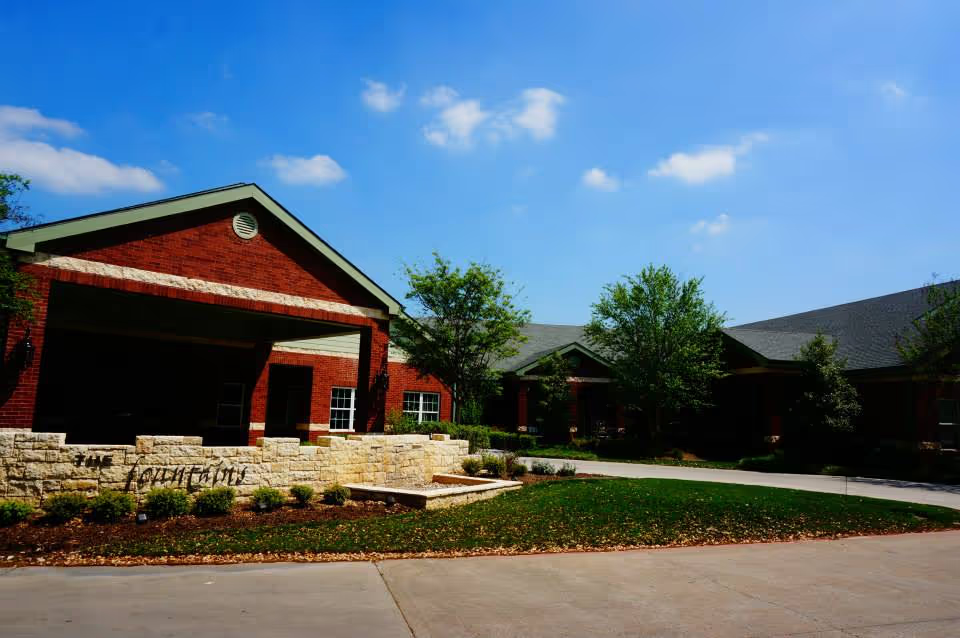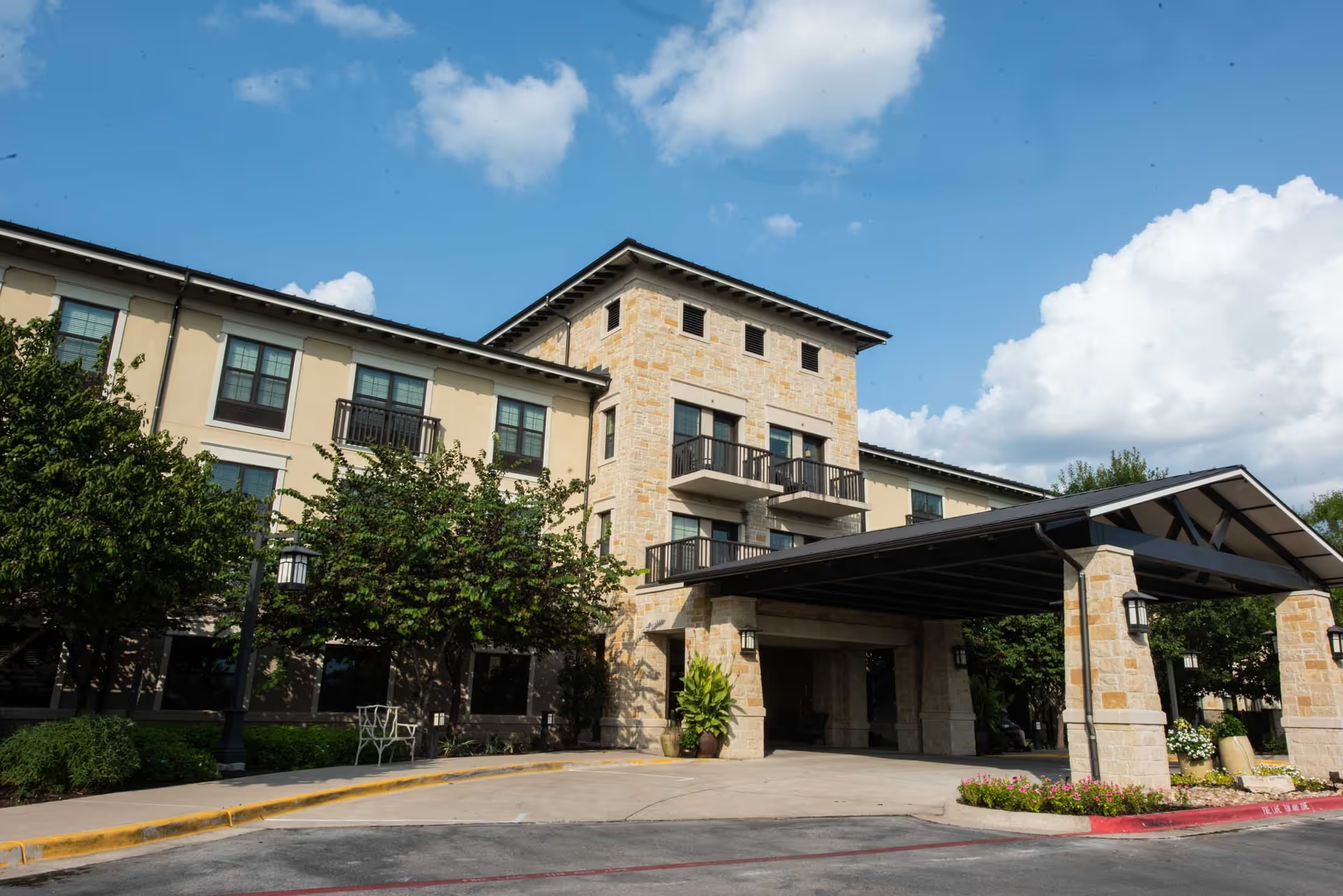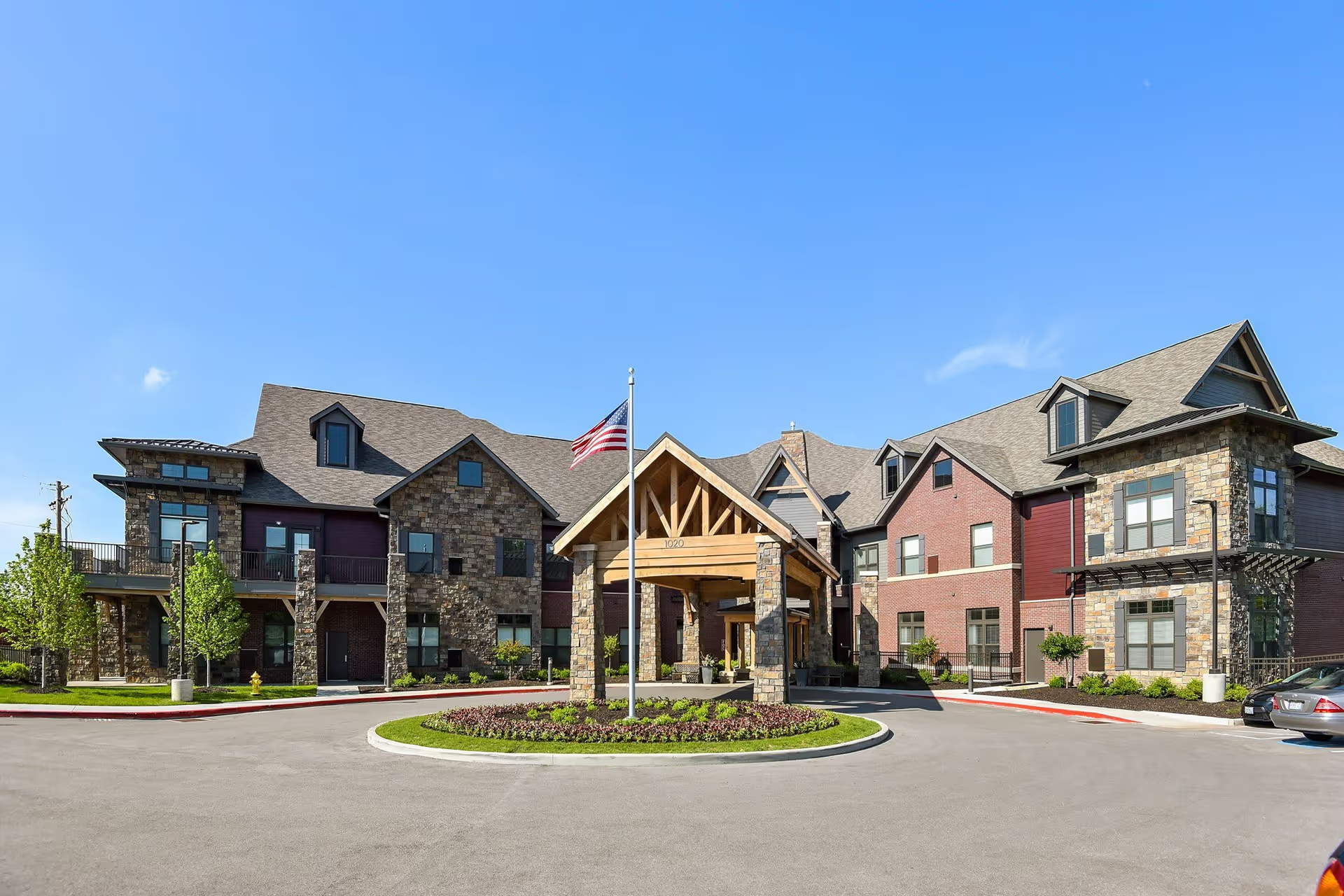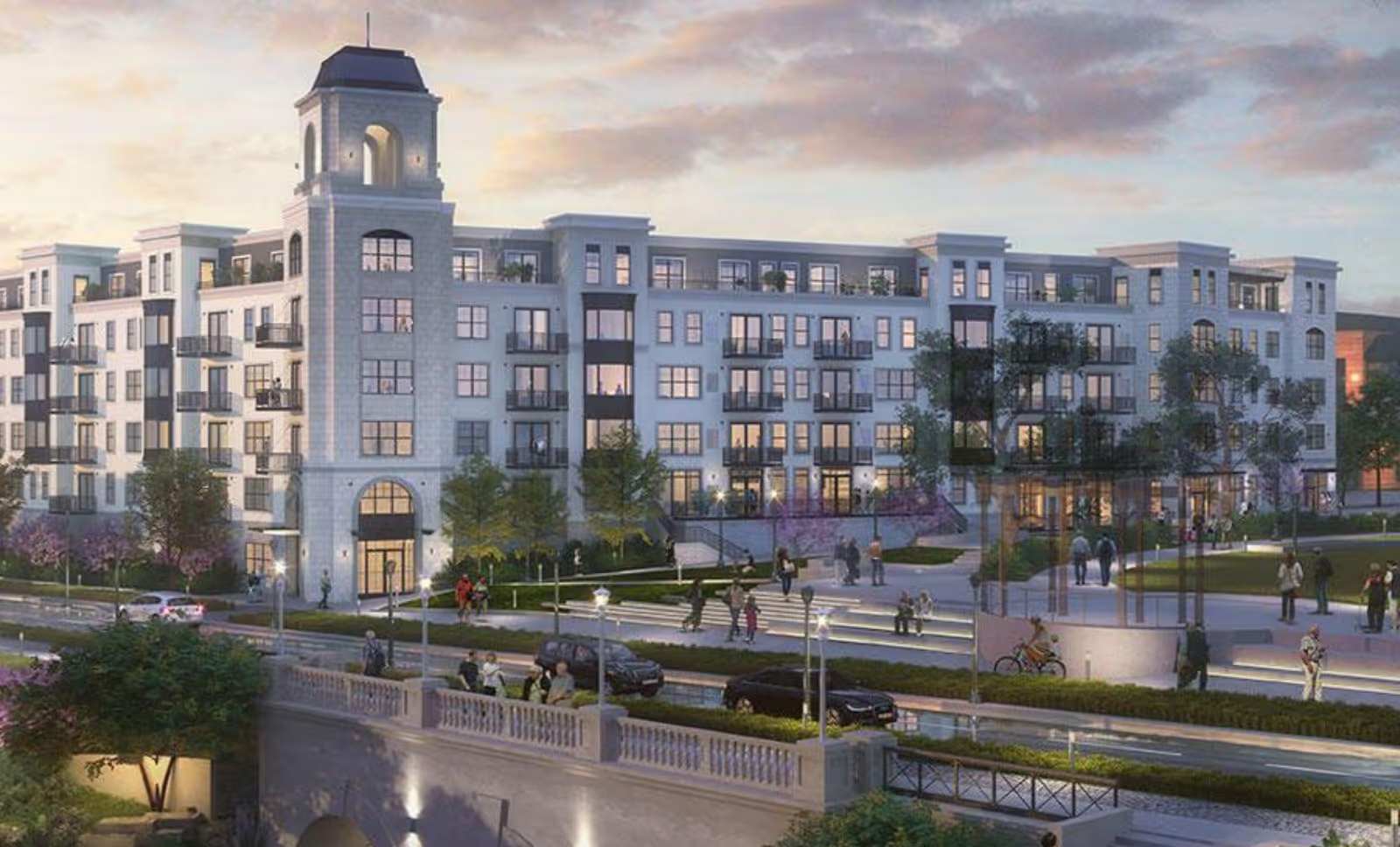Overall sentiment in these reviews is strongly mixed but leans positive with important caveats. The most consistent positives concern the physical property and the lifestyle offering: Arabella of Red Oak is repeatedly described as a brand-new, immaculate, resort-like community with beautiful grounds, a large campus, and thoughtfully appointed residences (cottages, villas, and a range of apartment floorplans). Amenities are a frequent highlight — reviewers name an outdoor pool, theater, salon, gym, private family dining, on-site chef, bistro/restaurant options, and abundant programming spaces. Many reviewers emphasize that apartments are roomy and well-finished (granite counters, garages, kitchenettes), that the community is pet-friendly, and that move-in/tour experiences are smooth. The breadth of activities — arts & crafts, exercise classes, educational talks, theater events — and a visibly active resident population are cited repeatedly as strengths that help residents stay engaged and social.
Staff quality and culture are another dominant positive theme. Across dozens of reviews, frontline caregivers, wellness and activities staff, and named individuals (commonly Fatima, Rachel, and Erinn, among others) receive high praise for compassion, attentiveness, and going "above and beyond." Families frequently describe staff as caring, kind, and genuinely invested in residents’ lives; several accounts describe excellent end-of-life attention and strong memory-care coordination. Multiple reviewers reported that staff helped residents settle, build friendships, and enjoy a higher quality of life. Administratively, the admissions and hospitality experience (tours, hospitality gestures like take-home meals) is often credited as professional and reassuring.
However, a set of operational and clinical concerns recurs enough to merit careful consideration. Cost is the most consistent downside: many reviewers call Arabella pricey or overpriced for the market, and several mention rent increases or pricing that pushed them to consider alternatives. Staffing instability and turnover — particularly in clinical leadership and memory care — appear to have created uneven experiences: while many praise the care team, other families report enough turnover to disrupt continuity. More serious are the clinical safety concerns some families reported: medication administration errors, inadequate medication education, missed or improper care, and at least one allegation of sedation/overdose and poor incident communication. These are isolated in the context of many positive reports but are serious when they occur and were decisive in at least one family’s recommendation to avoid the community.
Dining and housekeeping receive mixed reviews. Numerous reviewers praise the on-site chef, varied menus, and restaurant-style dining, while others describe inconsistent meal quality, skimpy portions, variable breakfast experiences, and slow service due to understaffing. Some families also noted extra charges or confusing policies (for example, being charged for dining-in or misapplied dining points), and multiple billing and payment-processing problems were called out, including intrusive email communications about payments. Housekeeping and daily room cleaning are similarly inconsistent in reports: many reviewers say rooms are kept immaculate, whereas others report missed cleanings and inadequate dining-room staffing.
Operational shortcomings tied to staffing and facility systems appear in multiple reviews: short-staffing leading to slow responses to call buttons, periodic maintenance issues in certain units, frequent elevator outages, and concerns about overnight reception/security coverage. A few families reported unresponsiveness from management when raising concerns and frustration that resident meetings did not always lead to effective change. Another recurring practical issue is the lack of an indoor pool — the community has an outdoor pool only, which some reviewers said is not ideal for very elderly residents in Texas heat.
Memory care experiences are polarized. Several families commend the memory-care program, dedicated coordinators, and staff who "get to know" residents, reporting improved eating, engagement, and compassionate care. Others report troubling lapses in care, poor management responses, and unacceptable clinical errors. Because memory-care outcomes are highly consequential, these mixed reports suggest prospective residents and families should probe staffing stability, medication protocols, incident reporting, and communication practices during tours.
In summary, Arabella of Red Oak presents a high-end, amenity-rich community with a strong culture of hospitality and many deeply positive staff-resident relationships. For many residents — particularly independent living residents seeking an active, resort-like lifestyle — the community receives enthusiastic recommendations. However, recurring concerns around cost, staff turnover, inconsistent dining/housekeeping, billing issues, and occasional clinically serious lapses in assisted/memory care mean the community’s strengths are not uniformly experienced. Prospective residents and families should weigh the aesthetic and lifestyle benefits against the operational and clinical risks: ask detailed questions about current staffing levels and turnover, medication and incident protocols, recent management changes, dining and housekeeping staffing ratios, billing practices, and emergency/overnight coverage. Speaking directly with multiple current residents and families and requesting written policies on medication administration and incident reporting will help clarify whether the community’s widely praised qualities are consistently delivered for the particular care level you require.
